Naomi Hoogervorst on Democratization of Design: "Equal Cities Need Equal Voices"
From the perspective of architecture and urbanism, we can look at this democratization from different angles, including citizens in participatory processes, in order to find answers to our constant search to improve habitability and accessibility.
Naomi Hoogervorst is currently Officer-in-Charge of the Planning, Finance and Economics Section of UN-Habitat. She studied Architecture, Urbanism and Construction Sciences at the Technical University of Delft and with a professional career of more than 15 years both in non-governmental organizations and in the private sector. Working in the management of sustainable and inclusive urban development programs and projects, she knew how to become an expert in the democratization of design.
Is it really possible that design can be for everyone? What is the work process like to face this challenge? What is the future of equality in the design and planning of cities? These are some of the questions that Naomi Hoogervorst answers us in the following interview.
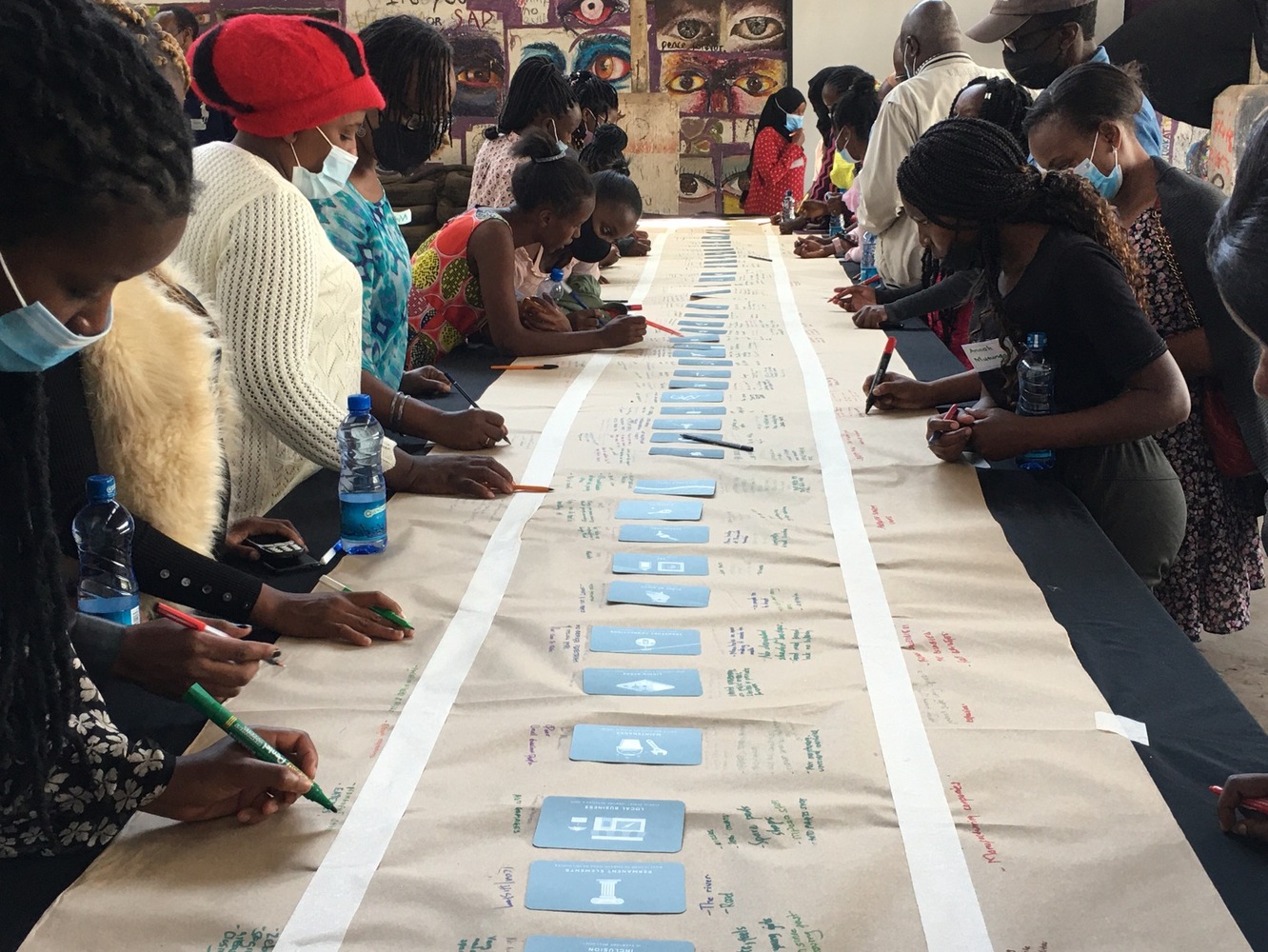
Fabian Dejtiar (FD): Through articles, interviews and debates, ArchDaily’s Monthly Topics are an in-depth response to architecture’s most pressing issues. In June we have "Democratization of Design". As Officer-in-Charge of Planning, Finance and Economy Section at UN-Habitat... Is it possible that design can be for everyone? What is the first change that should be made?
Naomi Hoogervorst (NH): Designing for and with people has been my key motivator in my work as an architect and urban planner. Therefore, it has been a privilege to work for the United Nations Settlements Programme, in short, UN-Habitat, which is mandated to promote “a better quality of life for all in an urbanizing world”.
As architects and urban planners, we can do a lot to address the multiple crises our society faces, whether it is the health and socio-economic impacts of the Covid-19 pandemic, the climate emergency or persistent inequalities. The 2030 Agenda and the Sustainable Development Goals, adopted by the member states in 2015 alongside the New Urban Agenda in 2016, are key global frameworks for transformative action that pledge to leave no one behind. The commitment is there. At UN-Habitat, we have found that properly designed, planned and managed urbanization can be a powerful instrument to achieve such global goals.
As mentioned, the challenges are huge, and we can’t do it alone. But we can do a lot, especially if we collaborate. So, first, make sure to create long-lasting partnerships.
What is the next change to make? Move from ‘business as usual’ to an integrated, holistic, and inclusive approach to urban design and development. To promote social and spatial inclusion, urban plans should result in cities that are compact (avoiding urban sprawl), integrated (avoiding segregation), and connected (avoiding congestion). In other words, urban plans should ensure an efficient street network, adequate density, mixed land-use, social mix, and limited land-use specialization.
In this way, equitable access to housing, urban services, mobility and public spaces can be enhanced, ensuring a balanced distribution of available resources and economic growth.
To create designs for everyone, it is essential to involve citizens in urban development. Public participation increases transparency and addresses the various needs, problems and interests of communities. Planning policy tends to ignore the fact that women and men use city spaces very differently and have different concerns about how it should meet their needs.
Equality also means embracing intersectionality, looking at different sub-groups of our society rather than conventional categories and gender divisions. Women, for instance, can be migrants, they can be young girls or elderly, have disabilities, live with HIV or be homeless. As we ensure that various needs and interests are addressed, bringing in diversity in design can also provide a sense of identity.
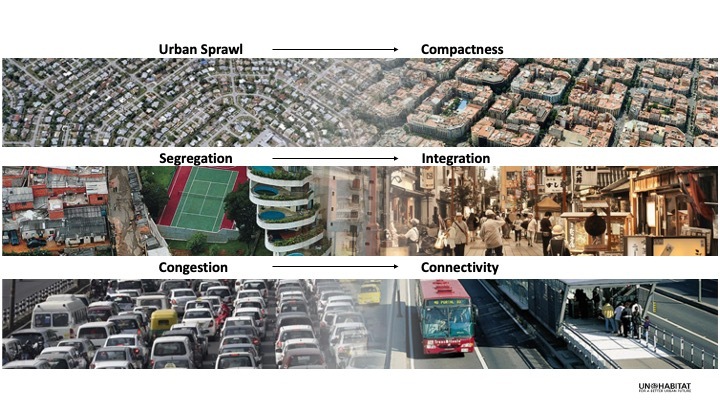
FD: I understand your Section aims to develop, test and disseminate normative and operational work at global, regional, national and sub-national levels in support of urban and territorial planning at all scales including urban design and public space; urban finance; and local economic development. How is the work process to carry out these tasks? What are the main challenges you face?
NH: UN-Habitat's integrated and participatory approach to planning stems from the International Guidelines on Urban and Territorial Planning, a set of universal planning principles approved by the UN-Habitat's Governing Council in 2015. The principles are developed to improve planning and management at all levels, from neighbourhood to city level and beyond. Cities stakeholders are becoming increasingly diverse and can play a role in shaping the form and function of settlements.
We promote vertical coordination between national, regional and city levels and horizontal integration across different sectors, such as planning, (data) governance, law and finance, and also topics such as housing, public services, climate, social inclusion, etc.
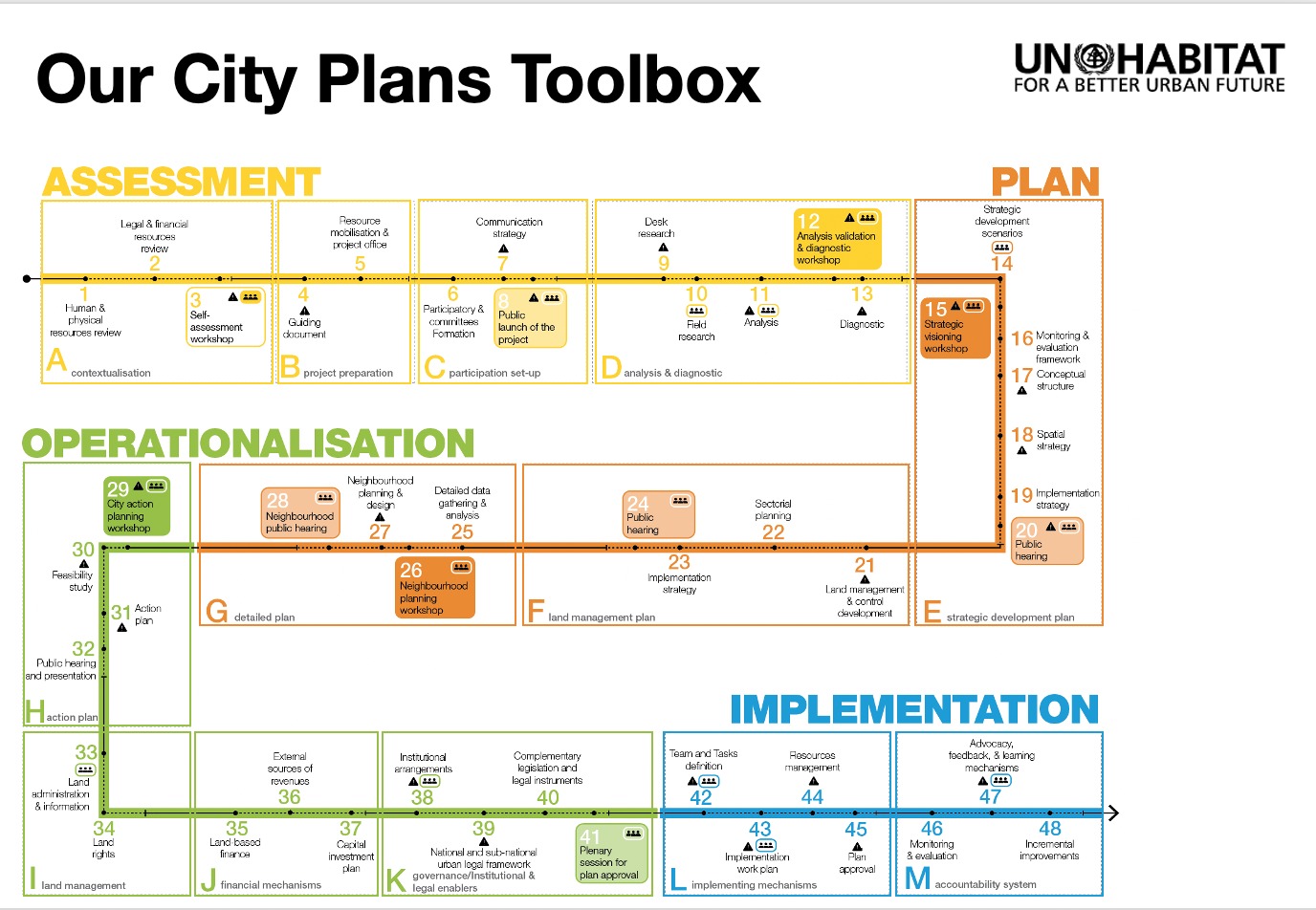
Participation is envisioned in every phase of planning, from assessment to implementation. In the assessment phase, data can inform decisions to safeguard local democracy and improved provision of urban services. Using disaggregated quantitative data will help to analyse and map local populations, particularly those that might be in vulnerable contexts or fall outside mainstream service access.
The preparation and development of a plan is an iterative process in which engagement and interaction with a wide range of stakeholders can take place. Through community forums and community planning initiatives, city authorities partnering with residents can develop more inclusive plans. The elaboration of urban plans can take multiple forms, depending on available resources and existing demands. It is crucial that civil society organisations engage in the development of such overall spatial visions, as well as the prioritisation of projects, ensuring they respond to communities’ demands and aspirations.
Participation should not stop or lose momentum at the implementation stage but should instead be maintained to ensure the transparent and accountable realisation of projects. A multidimensional approach to operationalisation that encompasses legal, institutional, and financial aspects is crucial for inclusive urban planning.
Equal cities need equal voices, and participatory planning is a great approach to bridge dialogues between different groups, but it is not enough on its own. There is a need to create transformative environments for all by rethinking service provision, institutionalising participation, increasing awareness and strengthening capacities, creating incentives for policy alignment, enhancing data availability and improving governance systems and strategic investments that can generate economic prosperity.
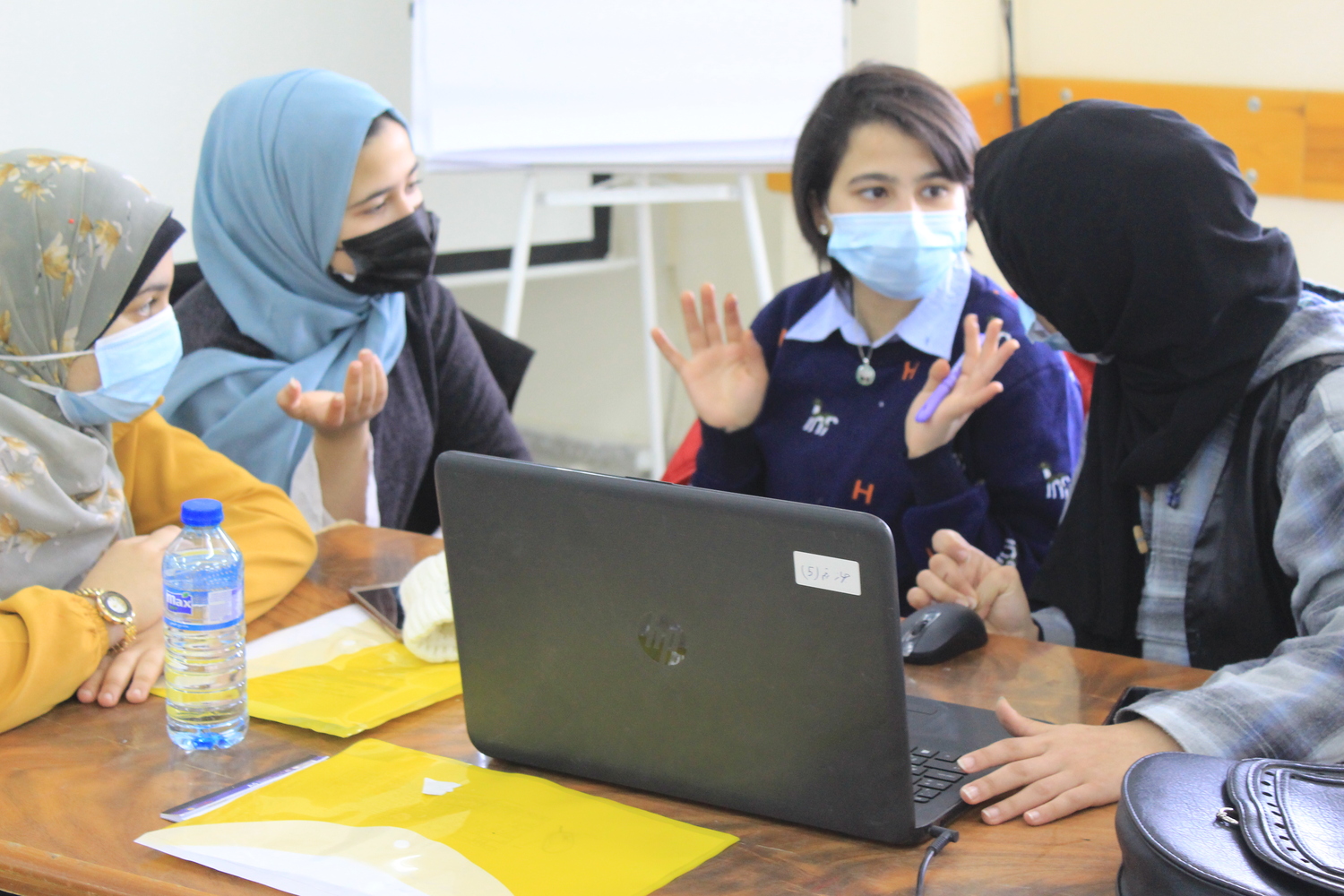
FD: So, what are the main projects you are currently working on that contribute the most to the issue of democratization in design?
NH: UN-Habitat is working to achieve equitable and sustainable futures at scale, focusing on three broad areas: Localisation of the Sustainable Development Goals, Climate and Housing/spatial inclusion.
The democratisation of urban planning and design is at the core of the work of UN-Habitat. As part of Sustainable Development Goal 11, UN-Habitat monitors the proportion of cities with a direct participation structure in urban planning and management that operates regularly and democratically. Through the SDG Cities Global Initiative, UN-Habitat works with a wide network of cities to ensure that their plans, policies and project investments are aligned to the SDGs. As one example, the SDG Project Assessment Tool helps guide city authorities and private-sector partners in the development of more inclusive, sustainable and effective urban projects, eventually informing investment decisions.
Through UN-Habitat’s flagship programme, RISE UP: Resilient Settlements for the Urban Poor, UN-Habitat leverages large scale investment to build urban adaptation and climate resilience in global hotspots of vulnerability.
The goal of this program is to build climate resilience for one billion people who live in informal settlements globally. With planning and design solutions, such as green and blue networks of public spaces, we promote local action for climate adaptation.
We develop planning tools to address spatial inequalities, such as the OurCityPlans, to provide local governments and urban actors in small and intermediate cities with practical tools to implement and customise inclusive urban planning processes and strengthen democratic structures for city planning. The Her City Toolbox provides a range of tools to ensure gender equality in public space design and urban planning, helping develop safe, inclusive, and accessible public spaces.
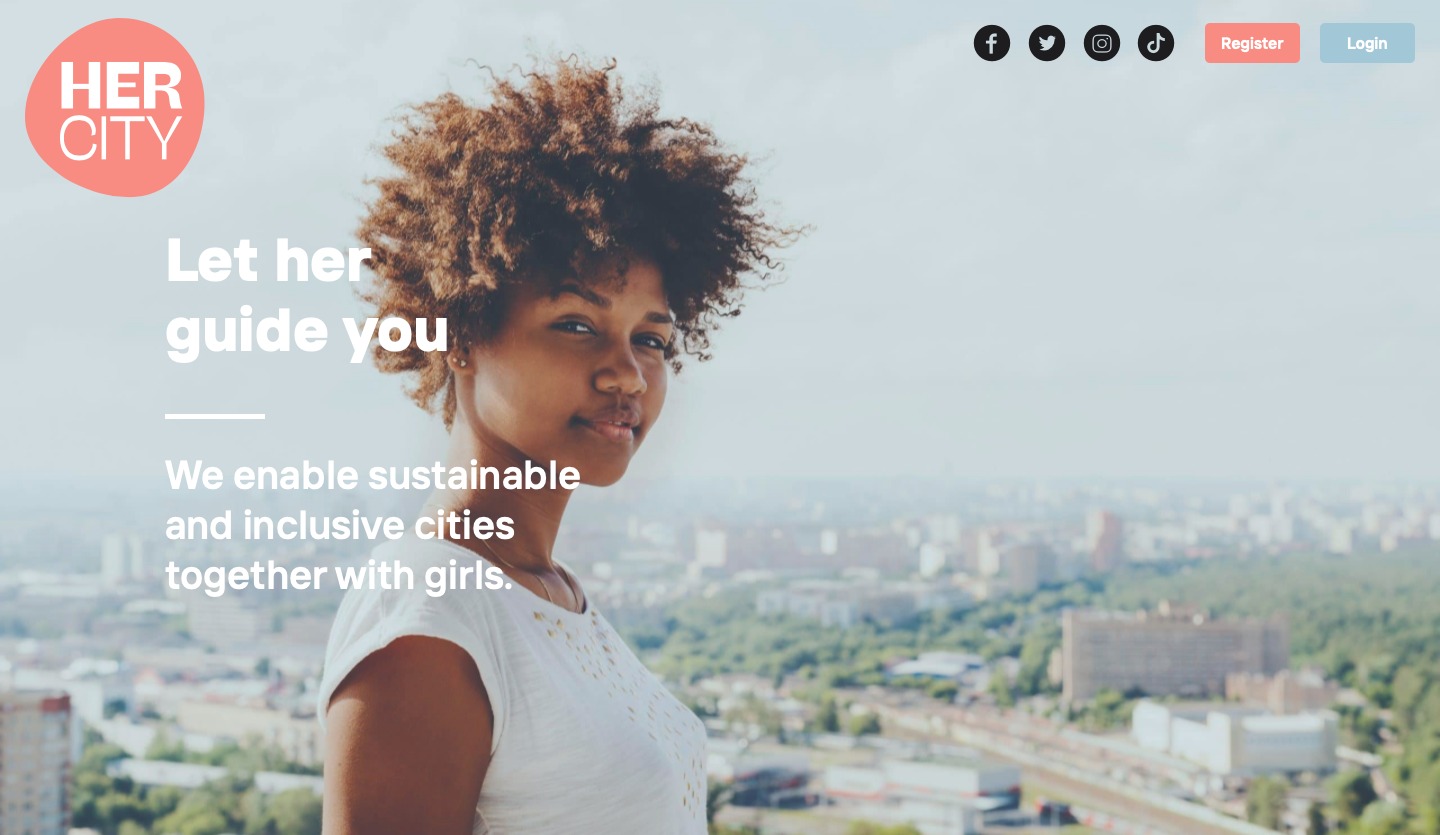
FD: Finally, how do you see the future of equality in the design and planning of cities?
Cities around the world are catalysts for economic growth, innovation, social vibrance and cultural diversity. Nevertheless, urban areas also present extreme wealth and poverty juxtaposed against each other, bringing significant consequences for inclusion and equality issues. The World Social Report (2020) warns that “the shape of our common future will largely be determined whether these trends are harnessed to encourage greater inclusivity or allowed to exacerbate divisions and disparities."
So, I see the future of equality in the planning of cities as a common vision! The more people promote equality in cities, the more we can create the cities we need. We have the opportunity to meet in person at the 11th World Urban Forum Poland from 26-30 June. The bi-annual forum brings together individuals, communities, governments, professionals and academics who will be leading the way in creating solutions to the modern challenges cities face. WUF11 will focus on the future of cities and urban crises responses. So, I hope you will join the Forum and play a role in the dialogues to drive action towards more resilient, sustainable and just cities.
NH: By 2050, 68% of the world’s population – or 6.7 billion people – will live in cities, with most of this growth taking place in poorly serviced and underdeveloped urban areas, especially in developing countries.
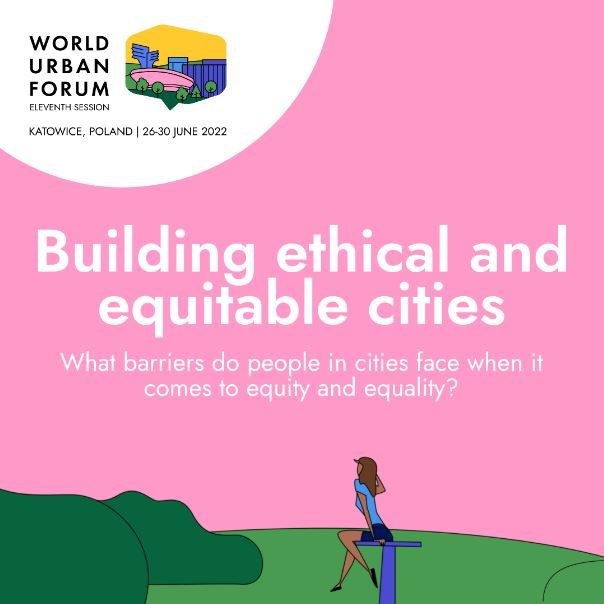
This article was first published by ArchDaily. You can access it here.
